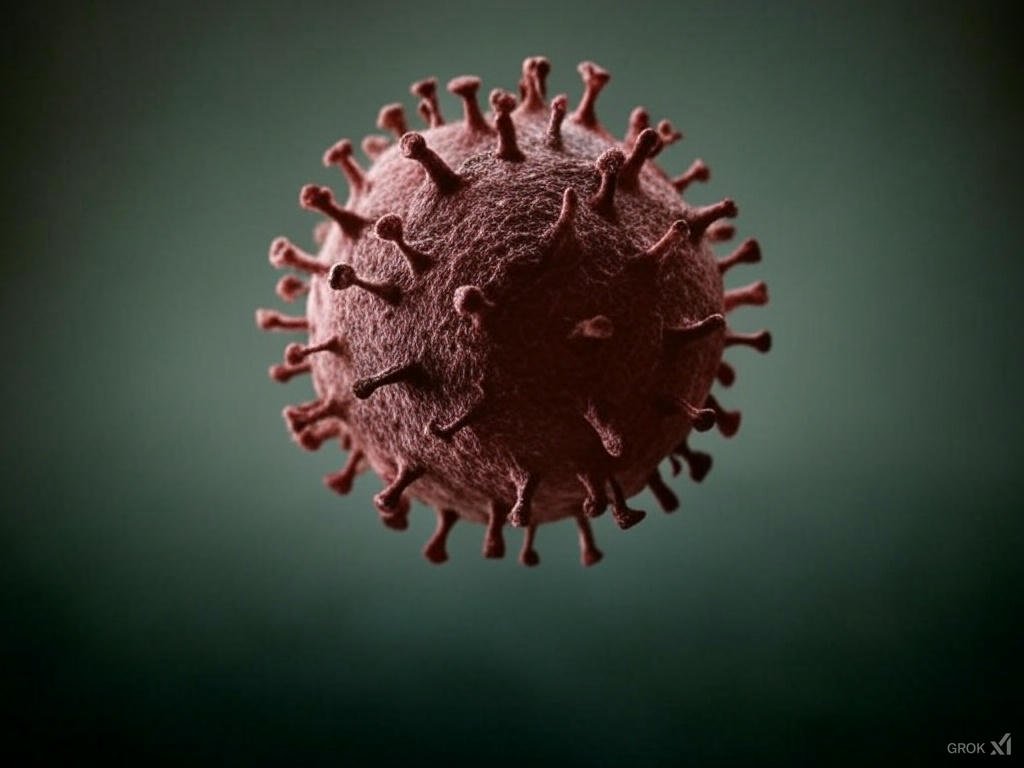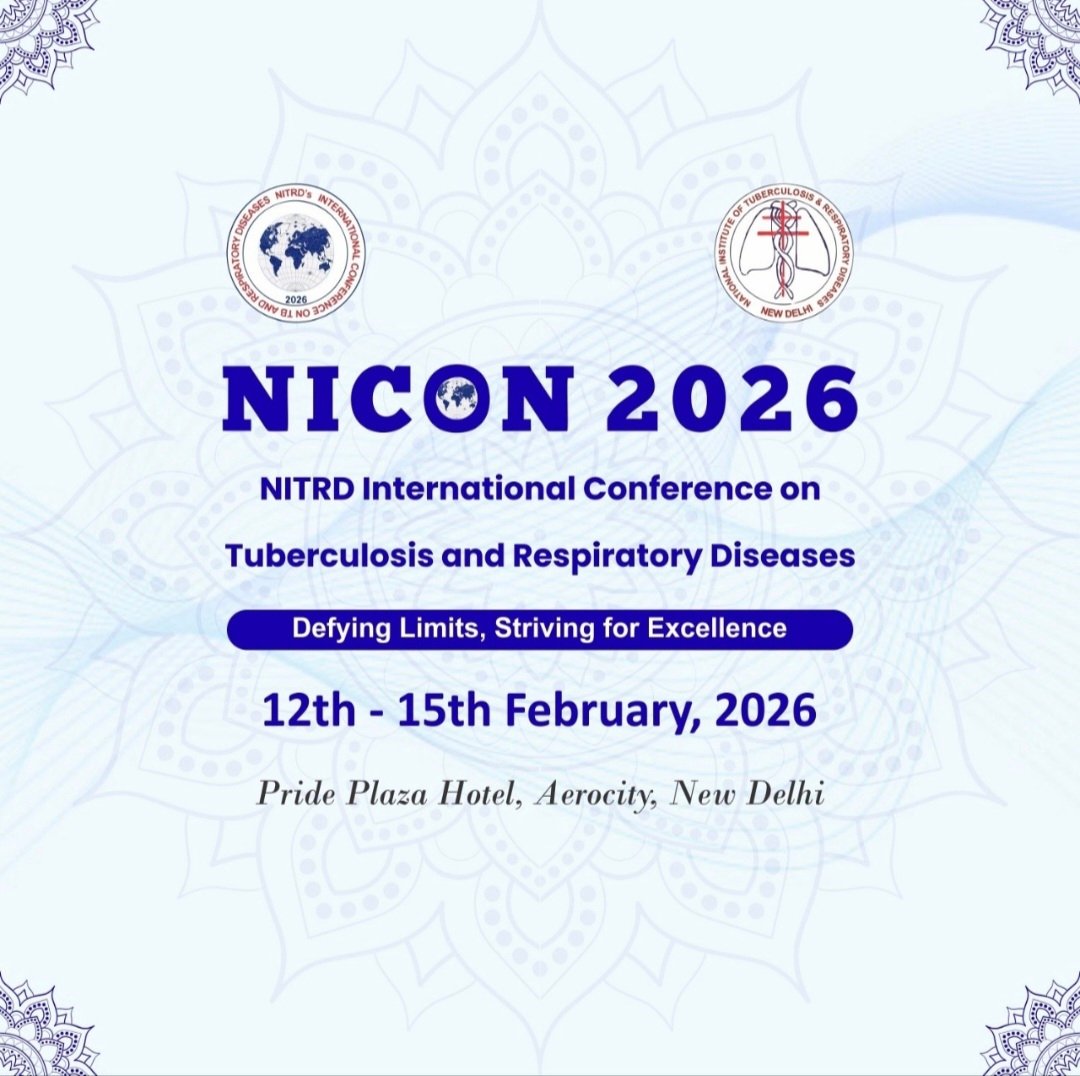Disclaimer: This post is for academic purposes only. Please read the original document if you intend to use them for clinical purposes.
This document from the Communicable Disease (CD) alert published in October 2024 by National Centre for Disease Control (NCDC) of Director General of Health Services (DGHS), Government of India provides critical information regarding Avian Influenza (H5N1), also known as bird flu. It covers various aspects including its nature, epidemiology, clinical management, surveillance, specimen handling, vaccination, preventive measures, and containment strategies. The information is aimed at healthcare professionals and public health authorities in India to prepare for and manage potential H5N1 outbreaks. The document highlights the zoonotic potential of the virus and the importance of preparedness across human and animal health sectors.
Main Themes and Important Ideas/Facts:
1. Nature and Epidemiology of Avian Influenza (H5N1):
- Zoonotic Disease: Avian influenza is defined as a zoonotic viral disease that primarily affects poultry and may occasionally spillover to mammals, including humans and swine.
- Influenza A Subtypes: The document explains the classification of influenza A viruses based on Hemagglutinin (H) and Neuraminidase (N) proteins, mentioning H1N1, H3N2, and H5N1 as notable examples. All known subtypes can infect birds, except those found only in bats.
- Highly Pathogenic Avian Influenza (HPAI): Subtypes like H5 and H7 are known to cause >75% mortality in chicken farms. However, the classification as HPAI or Low PAI does not correlate with disease severity in humans.
- H5N1’s Zoonotic Significance: The H5N1 subtype is highlighted as having zoonotic significance, posing major risks to public health and poultry worldwide. It is prone to rapid mutations and can acquire genes from viruses infecting other species.
- Global Spread and Endemicity: Originating in geese in China in 1996 and causing the first human infections in Hong Kong in 1997, H5N1 has spread across continents since 2003 and is now endemic in poultry populations in many countries. Outbreaks have led to millions of poultry infections, hundreds of human cases, and numerous deaths.
- Recent Developments: The document notes the confirmation of avian influenza in dairy herds in the USA in April 2024, with at least one human case presenting with eye inflammation, indicating potential new routes of exposure.
- Transmission: The primary risk factor for human infection is exposure to infected birds and contaminated environments including live markets, handling fighting cocks, poultry culling without PPE, feather plucking, and consumption of undercooked poultry. Importantly, there is no evidence to suggest that A(H5), A(H7N9) or other avian influenza viruses can be transmitted to humans through properly prepared and cooked poultry or eggs. However, consumption of raw contaminated poultry blood has been linked to some H5N1 human cases.
- Animal Reservoirs and Mixing Vessels: Wild aquatic birds are the natural reservoir for all influenza A subtypes. Transmission occurs between wild birds and domestic poultry, and from poultry to pigs. Pigs can act as “mixing vessels” for influenza A viruses from avian, swine, and human sources, potentially leading to new strains that can infect humans.
- Limited Human-to-Human Transmission: Current zoonotic influenza viruses have not demonstrated sustained person-to-person transmission.
- Viral Shedding and Incubation: Infected birds can excrete the virus for at least 10 days through oral and fecal routes. The incubation period in humans is typically 3 to 5 days but can extend to 7 to 10 days.
2. Surveillance Case Definitions:
- Suspect Case: Fever (>38°C), respiratory symptoms (muscle ache, cough, abnormal breathing, suspected pneumonia/influenza), AND history of direct contact with infected/dead birds in the past 7 days OR unusual bird deaths in the community within 14 days OR contact with a suspected avian influenza patient.
- Probable Case: A suspect case WITH preliminary positive test for influenza A, respiratory failure, OR death.
- Confirmed Case: A suspect or probable case WITH a positive PCR test for H5N1 OR isolation of the H5 strain of influenza A virus.
- Influenza Like Illness (ILI): Acute respiratory infection (sudden cough and sore throat) with measured fever ≥ 38°C and onset within the last 10 days.
- Severe Acute Respiratory Illness (SARI): Any person with ILI requiring hospitalization.
3. Clinical Management:
- Management of avian influenza in humans is similar to that of seasonal human influenza.
- Patients with flu-like symptoms should be screened for avian influenza and managed according to categories A, B, and C based on symptom severity and risk factors.
- Category A (mild uncomplicated): Symptomatic treatment without Oseltamivir, home isolation.
- Category B (severe symptoms/high-risk without complications): Oseltamivir and symptomatic treatment, home isolation. Includes high fever (≥102°F), severe sore throat, and individuals in high-risk groups (listed in Box 1).
- Category C (complicated): Testing for influenza recommended, immediate hospitalization and treatment with Oseltamivir (without waiting for lab results). Modified Oseltamivir regimens and other polymerase inhibitors (Baloxavir, Pimodivir, Favipiravir) may be considered. Supportive therapy for ARDS, including lung-protective ventilation, is crucial.
- Ineffective Treatments: Inhaled zanamivir, inhaled laninamivir, intravenous peramivir, and plasma therapy are not recommended. Corticosteroids are generally not recommended but may be considered for septic shock and adrenal insufficiency.
4. Specimen Collection and Testing:
- Human Specimens: Preferred samples include throat, nasal, and nasopharyngeal swabs collected within 48 hours of symptom onset. Bronchoalveolar lavage or tracheal aspirates are preferred for intubated patients. Conjunctival swabs should be collected from symptomatic high-risk individuals. Sputum is NOT a preferred sample.
- Bird Specimens: Samples from recently dead or culled birds showing acute signs, cloacal and oropharyngeal swabs from healthy birds, fecal material, and serum samples should be collected. Necropsy should be avoided unless performed in a BSL-3 facility with proper precautions.
- Bio-safety Measures: Appropriate PPE (N-95/triple-layered masks, gloves, eye protection, gown/apron) is essential for sample collectors.
- Labelling, Storage, and Transport: Specimens should be labelled with pre-printed barcoded labels (using permanent markers), stored at 4-8°C (preferably within 24 hours, -70°C if delayed beyond 48 hours), and transported in leak-proof plastic bags in a disinfected polystyrene box with ice packs, following strict cold chain and triple packaging system for extramural transport.
- Laboratory Testing: Preliminary testing involves real-time PCR for Influenza A group detection. Confirmatory testing uses real-time PCR for subtyping and H5N1 detection. Serological testing (ELISA, hemagglutination inhibition) is NOT advised for routine diagnosis or clinical management and requires paired acute and convalescent serum samples in specialized research labs. Pathogenicity testing of virus isolates is crucial for HPAI/LPAI classification.
5. Vaccination:
- Human vaccines against A(H5N1) have been developed and approved in some countries but have limited availability and usage is based on risk assessment.
- AUDENZ: The Influenza A (H5N1) Monovalent Vaccine, Adjuvanted (inactivated vaccine by Sequirus, Inc.) is FDA-approved for active immunization in individuals 6 months and older at increased risk of exposure, requiring two intramuscular doses 3 weeks apart.
- Seasonal flu vaccines do not protect against A(H5N1).
- Targeted seasonal flu vaccination is recommended for first responders to H5N1 outbreaks and healthcare workers managing suspected/confirmed cases in affected areas to reduce the risk of co-infection with seasonal influenza. It is not recommended for the general population or individuals potentially exposed to infected animals in endemic areas.
6. Preventive Measures and Guidelines for Healthcare Facilities:
- Generic Guidance (all patient care areas): Standard precautions (hand hygiene, PPE, prevention of sharps injuries, environmental cleaning).
- Isolation Facilities: Droplet precautions (masks, respirators, eye shields).
- Critical Care Facilities: Airborne and Contact Precautions in addition to Standard Precautions.
- Hospital Waste Management: Follow Biomedical waste (BMW) management rules.
- Mortuary Care: Full PPE for handling dead bodies.
- Visitors: Masks, cough etiquette, limited visitation, screening for flu-like symptoms.
- Pre-hospital Care (Ambulance): Standard and airborne precautions, PPE for staff, optimize ventilation, avoid aerosol-generating procedures, disinfect ambulance, notify receiving facility.
- Screening Centers: Separate, well-ventilated area with registration, examination, sample collection, and drug distribution facilities. Adequate space for waiting with patient distancing. Dedicated staff and regular disinfection. Emphasis on source control and hand hygiene.
- Isolation Facilities/Wards: Single rooms preferred, or beds with 1-meter separation. Double-door entry with changing room and nursing station, adequate PPE, dedicated equipment, hand wash facilities. Air changes and filtration (HEPA if air-conditioned, negative pressure desirable for aerosolizing procedures). Natural ventilation encouraged where possible. Restricted visitors with PPE. Dedicated medical staff. Consider portable X-ray. Well-ventilated corridors. Trained staff in PPE use. Communication system for patients.
- Critical Care Facilities: Dedicated 10-bedded ICU at state capital with adherence to isolation facility guidelines, ≥12 air changes, negative pressure (40 psi), dedicated and additional ventilation equipment, and communication system.
- Mortuary Care: Standard precautions (hand hygiene, PPE). Embalming according to local regulations. Hygienic preparation with standard precautions.
- Chemoprophylaxis: Oseltamivir 75 mg once daily for 5 days for close contacts of infected birds/poultry. Post-exposure prophylaxis with Oseltamivir 75 mg twice daily for 5 days for close contacts of human HPAI A (H5N1) cases.
7. Containment Strategy (upon confirmation of HPAI):
- Cross-sectoral notification (health, animal health, industry, farmers).
- Restricted access to infected premises and alert zones.
- Restrictions on movement and trade of poultry and its products.
- Depopulation procedures for infected birds.
- Strict compliance with biosafety and biosecurity protocols.
- Vaccination of at-risk human populations (as per guidelines).
- Strengthen public awareness strategies.
Conclusion:
This briefing document provides essential information for understanding and managing the risks associated with Avian Influenza (H5N1). The emphasis on surveillance, infection prevention and control, and preparedness across human and animal health sectors is critical for mitigating potential outbreaks and protecting public health.








